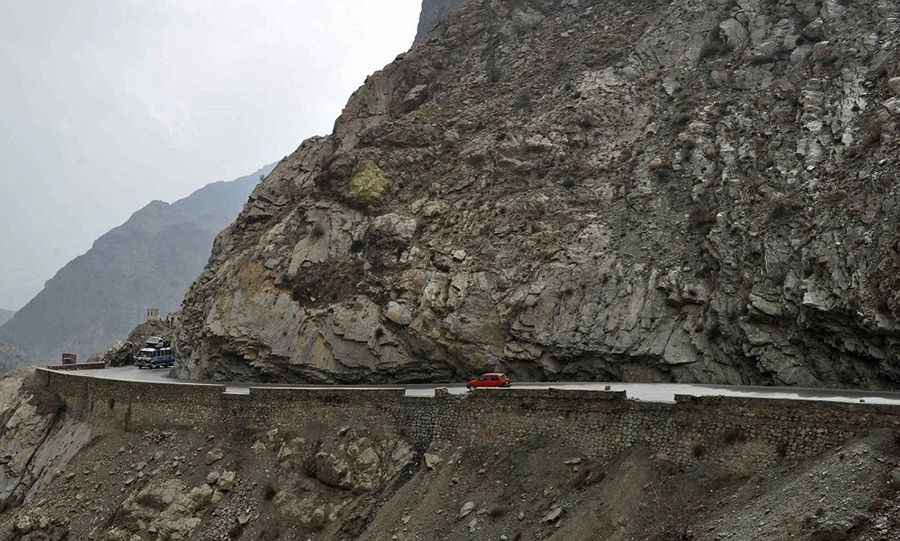Perils and Beauty: Navigating the Kabul-Jalalabad Highway in Afghanistan
The Kabul-Jalalabad Highway is a challenging road located in Afghanistan, following the Kabul River Gorge for 64 kilometers (40 mi) in Taliban territory. This two-lane highway runs through 600-meter-high cliffs, and fatal traffic accidents are common due to reckless driving

How long is the Kabul-Jalalabad Highway?
The Kabul-Jalalabad Highway spans 143 kilometers (89 miles), part of the A01 National Highway, connecting Kabul to Jalalabad. Despite its strategic importance for trade, aid, and refugee movements, the road has deteriorated into a gravel surface. Reconstruction efforts, funded by the European Commission and the Swedish International Development Cooperation Authority, are currently underway.
How dangerous is the Kabul-Jalalabad Highway?
The Kabul-Jalalabad Highway winds through a breathtaking yet perilous landscape of mountains and cliffs, often leading to fatal accidents. The route includes navigating sharp turns and steep cliffs up to 600 meters high, posing significant risks to drivers.
When was the Kabul-Jalalabad Highway built?
Constructed in 1960 by the West German government, the Kabul-Jalalabad Highway faced severe damage during the 1980s Soviet invasion. Subsequent conflicts, including Taliban insurgency, further deteriorated the road, often leading to closures during snowfalls and harsh winter conditions.
What to expect on the Kabul-Jalalabad Highway?
Travelers on the Kabul-Jalalabad Highway should anticipate high-speed driving conditions, particularly challenging due to sharp turns and the presence of slow-moving, heavily loaded trucks. Impatient drivers and the roadway's narrow, winding lanes through the Kabul Gorge contribute to its reputation as one of the most perilous roads. Travelers are advised to stay informed about the security situation, especially while passing through Taliban-controlled areas.
Crossing Taliban territory
Traveling through Taliban-controlled areas on the Kabul-to-Jalalabad road poses significant risks due to narrow, winding lanes that ascend 600 meters through the Kabul Gorge. The dangers include reckless driving, risky overtaking of heavily loaded trucks, and high speeds, making it notorious as one of the most hazardous roads. Travelers are advised to stay updated on the security conditions in the region.
Pic: http://afghanistantimes.af/kabul-jalalabad-highway-amongthe-worlds-12-most-dangerous-roads/